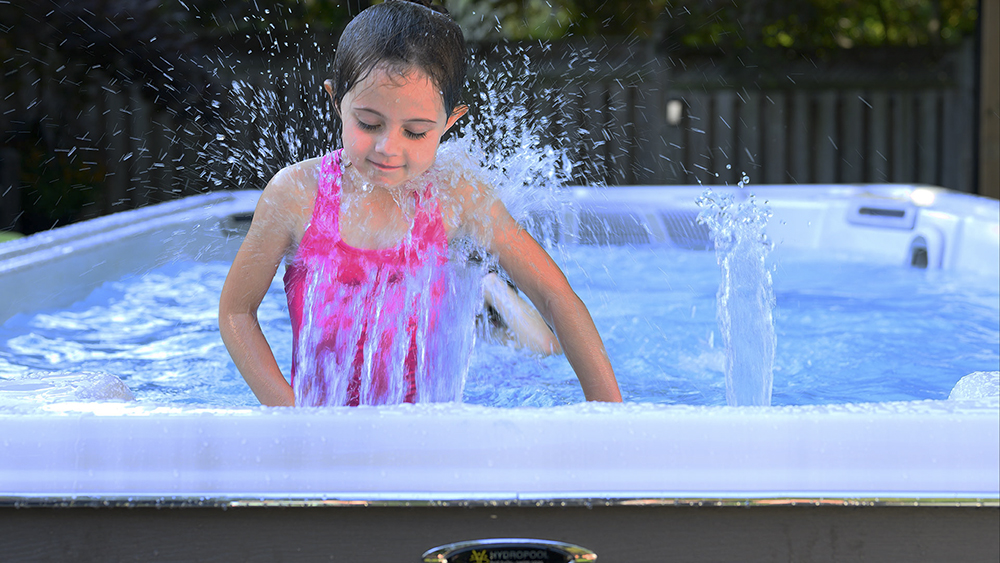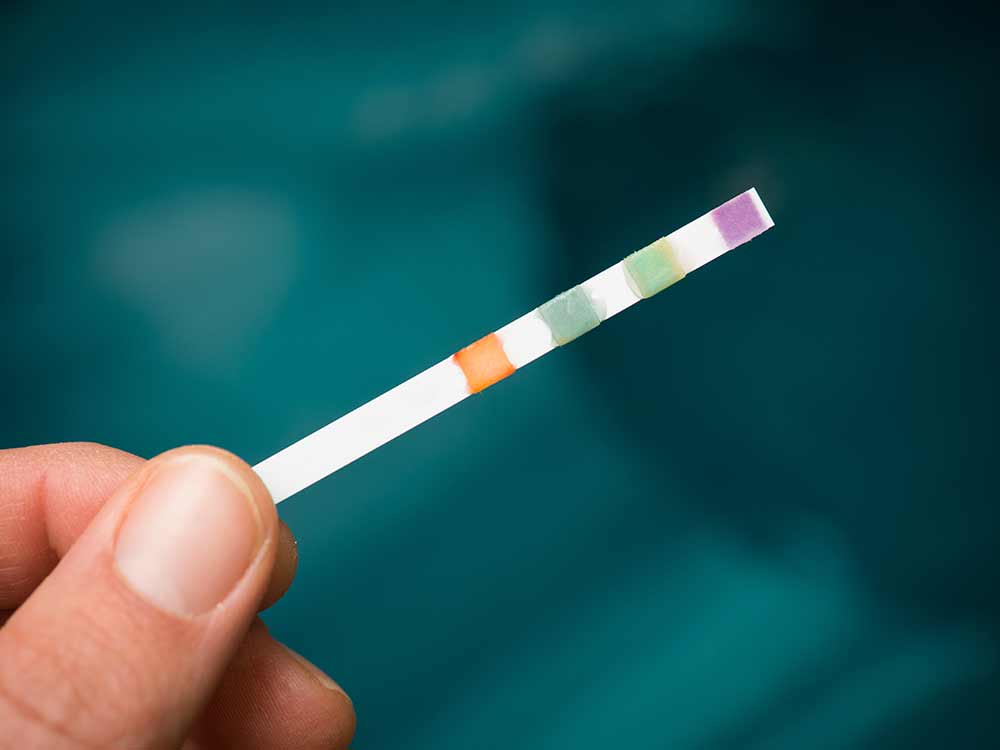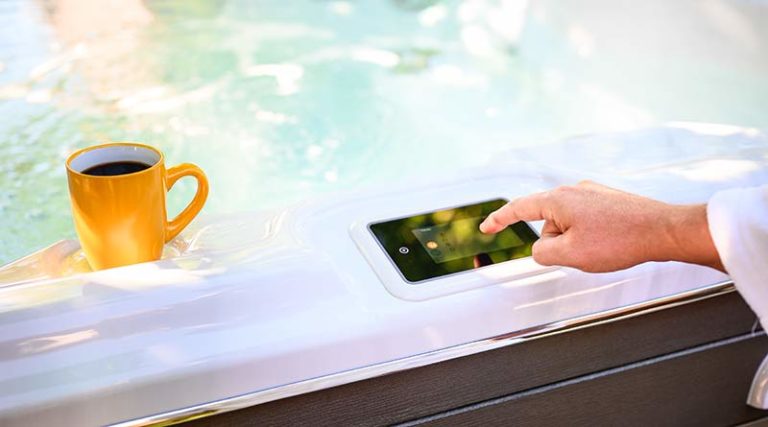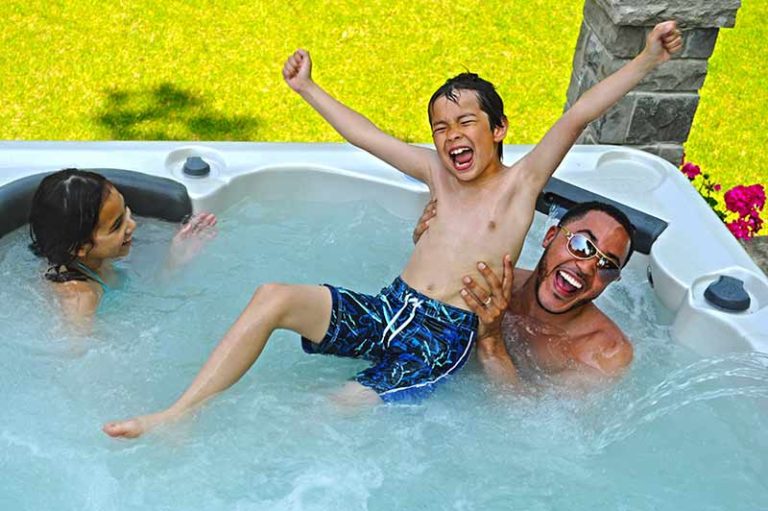“How Often Should I Test my Hot Tub Water?” When to Test and Why.
Introduction
Every hot tub and swim spa needs frequent testing to keep the water not only looking clear and inviting, but also to ensure a safe bathing experience.
Whilst this may seem a daunting topic for the less experienced owner, it’s actually very straightforward. This article will walk you through the process and explain why each step is important.
There are a series of recommended daily, weekly and monthly tests for hot tubs that will help ensure a satisfactory bathing experience. These include daily testing of pH and sanitiser levels, weekly testing of Total Alkalinity (TA) and monthly for Cyanuric Acid (known as Chlorine Stabiliser).
New hot tub owners tend to use their hot tub more frequently, often having several bathing sessions per day, especially at weekends and during holiday periods, so it’s good practice to quickly adopt a regular testing regime.
Testing hot tub and swim spa water – what to test, why and how often
Firstly, it’s important to note that no matter how ‘clean’ we believe we all are, and irrespective of whether we shower prior to using a hot tub or swim spa (a highly recommended practice), every one of us will bring contaminants to the water.
Shortcuts are not advised when it comes to testing your water, nor should any assumptions be made about readings; always test your water and don’t leave anything to chance.
Daily water tests
1. Sanitiser levels
Sanitisers (Free Chlorine or Bromine) kill viruses, bacteria and other pathogens that make the water unsanitary. Always ensure readings are between the upper and lower recommended readings.
When testing hot tub water you will be looking for readings (Chlorine or Bromine) which are 2 – 3 PPM (parts per million) for Free Chlorine and 2 – 4 PPM for Bromine.
The upper and lower limits for sanitiser readings are:
Free Chlorine
- Lower reading 1.5 PPM (if using Ozone and or UV)
- Lower Reading 2.0 PPM (without Ozone or UV)
- Upper limit 5 PPM
Bromine
- Lower limit 2 PPM
- Upper limit 6 PPM
The sanitiser reading (Chlorine or Bromine) will reduce on a constant basis, especially if bathing sessions are high and the associated pollution increases. Organic pollution from bathers such as cosmetic products, sweat, skin, and oils all add to the workload of the sanitiser.
Bathers and the surrounding environment will also introduce bacteria and viruses which must also be dealt with by the sanitiser, therefore a daily testing regime to ensure such contaminants are swiftly dealt with is crucial.
2. pH reading
The pH reading of your water should be between 7.0 – 7.6 (the lower and upper limits) with the optimum reading considered to be 7.2 – 7.4.
The correct pH reading is vital for two reasons:
- When using a Chlorine sanitiser, the pH will directly impact the efficiency of the Chlorine. The lower the pH, and chlorine will work very efficiently – at pH 7.0 free Chlorine is almost 70% efficient and at pH 7.6 free Chlorine efficiency is just under 50%. With a pH reading of 8.0 and the efficiency reduces to almost 20%. If the pH reading is between 7.2 – 7.4 then Chlorine efficiency is around 60% – 55%.
- Bather comfort. Sensitive fluids around the eyes and mucus membranes prefer a pH reading between 7.0 – 7.6, as prolonged exposure to water where readings are outside these recommendations can lead to bather discomfort. Many people believe it to be chlorine that causes such discomfort, but imbalanced pH is more commonly the culprit, together with high levels of water pollution (i.e. waste products from the disinfection process and high levels of bather contaminants)


Weekly water tests
1. Total Alkalinity (TA)
The TA reading will reveal what combined dissolved hydroxides and mineral compounds are in the water. A low TA reading can see erratic changes and difficulties in controlling the pH, whereas a high TA level can lead to issues with altering pH readings along with the possibility of mineral (calcium) scaling on hot tub surfaces when combined with high pH.
2. Cyanuric Acid (Chlorine Stabiliser) – for heavily-used hot tubs
This reading is particularly important if Stabilised Chlorine products are used, such as Spa Chlorine Granules, Spa Chlorine Tabs and Spa Multi Chlorine Tabs (these are all Stabilised Chlorine products).
Chlorine Stabiliser products will be added progressively when they are dosed, however if Chlorine Stabiliser readings reach 50PPM and beyond, Chlorine Lock can occur. The solution to Chlorine Lock is either a partial or full drain down of the hot tub water. Bromine products will not increase Cyanuric Acid (Chlorine Stabiliser).
Monthly water tests
1. Cyanuric Acid (Chlorine Stabiliser) – for lightly-used hot tubs
This can be performed monthly, and not weekly as indicated above, if Chlorine is being added less frequently due to there being a lesser requirement when a tub is used lightly (less than 3 times a week and by fewer than 3 people, as a guide)
2. Calcium Hardness
The Calcium Hardness reading indicates how hard or soft your hot tub water is, and is a measure of how much dissolved calcium and magnesium salts are present. Ensuring that the measurement is balanced means that your water will not become scaling or corrosive.
Water is considered to be “calcium hungry”, and if readings are below 250 PPM the water will steal calcium to satisfy it’s hunger. This is not an issue with acrylic or vinyl surface hot tubs, but if you have an in-ground spa made from a concrete structure and finished with mosaic tiles calcium will be removed from the structure where calcium levels are below 250 PPM.
One final word: always re-test water after adding chemicals
It’s critical to know that your readings are within advisable ranges after the addition of all water treatment products, and the only way this can be determined is by re-testing.
For instance, let’s assume you have tested for Free Chlorine and found the reading to be low, just 1.0PPM, for example. This would indicate that you need to add Chlorine.
Often the quickest method is to add stabilised Chlorine granules, or spa Chlorine granules (referred to as SDIC), and so after adding SDIC the water must be re-checked to ensure it’s safe for your family of friends to use.
Quick Water Testing Checklist










